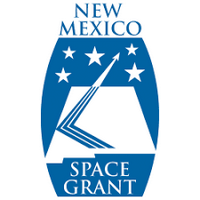New Mexico Space Grant Consortium
Spaceport America Cup

During the month of June of 2017, the first annual Spaceport America IREC competition was being held without a New Mexico team present to represent our great state and college. Teams from across the globe came together to compete in NMSUâs backyard with none of our students to learn from the experience. Two months later, in a simultaneous effort from students, faculty, and members from the community, New Mexico State University will have a competitive rocket engineering team for the first time in over four years. This newly formed group is centered around an incredible adviser, ten student leads, and over forty passionate student members. For over four weeks, this team has come together in the lecture hall of Hardman and Jacobs Undergraduate Learning Center to break down the process of building up an engineering group from scratch. All members of this new organization have equal amounts of enthusiasm and humility for the project we are to undertake. This proposal will discuss three of the major aspects we have considered while starting the group this fall: project management, timeline deliverables, and desired financial support.
This will be New Mexico Stateâs first year competing in the IREC Spaceport America Cup. Realistic goals have been set for this yearâs NMSU team to establish experience and credibility for the quickly approaching competition. The team has unanimously decided we will compete in the 10,000ft, COTS (Commercial Off The Shelf) solid engine category. As every team is required to do, we will haul an 8.8-pound payload up to our target altitude. To get started, leadership was needed to make the initial steps. Since the first meeting, members have come forward hoping to learn and partake in New Mexico Stateâs newest engineering group. Besides explaining the fundamentals of the competition at the meetings, the first order of business was to establish a hierarchy for delegation and responsibility.
The group is separated into six different facets. Dr. Shu, the lead engineer, and the project manager focus on long term deliverables, budgetary constraints, and team management. There are then five technical groups that focus on the vehicleâs analysis, avionics, payload, propulsion, and recovery systems. An election was held to fill these positions. All members interested in these positions sent in a PowerPoint of why they wanted the position and what skills they possessed to help the team. Even this early in the semester, it will be hard to find such a hardworking group of leads and members on campus. Retention too, has been fantastic and we will work hard to ensure the group will stabilize at a higher member count than many of the other engineering groups on campus. The five technical groups are meeting individually throughout the week in addition to the general meetings to learn as much about their respective systems as possible. At the general meetings, we plan to coordinate the designs to make sure the systems sync together as safely and efficiently as possible. Our team of forty general members is still choosing which groups they are interested in and how they want to contribute individually.
As soon as the leads were elected, deliverables were immediately set to move the group on a technical foot forward. Since this is New Mexico Stateâs first attempt at the Spaceport America

